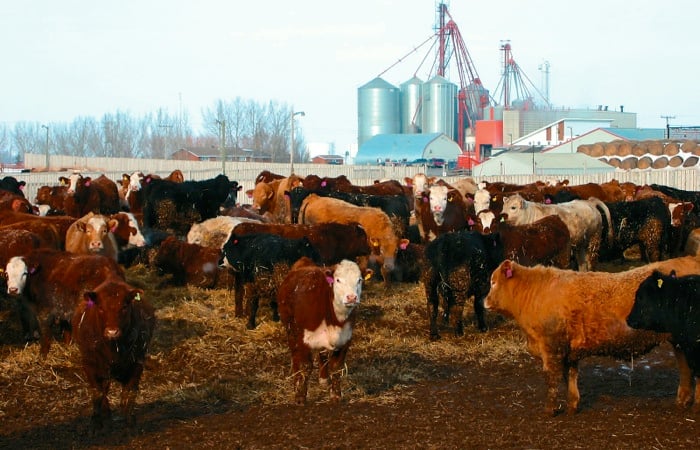When it comes to doing an accrual, an Alberta Agriculture and Rural Development specialist says it’s important to remember that a change in value for an inventory item can have a dramatic effect in calculating the accrual adjustments.
As an example, if you had 500 cows with a value of $2,000 each on Dec. 31, 2014, and that value increased to $2,500 each at the end of 2015, there would be an accrued gain due to inventory valuation increase of $250,000. Conversely if the value of those cows was $2,500 at the end of 2014 and were valued back at $2,200 each at the end of 2015 for some reason, the adjustment would show a loss of $150,000 due strictly to the drop in value.
Read Also

Grazing ‘sweet spot’ boosts pasture performance
Timing-focused approach to pasture management touted to boost forage growth, livestock gains while also cutting farmer labour and inputs
“This issue is most prevalent when valuing the breeding stock,” said farm financial specialist Rick Dehod.
“Although this could easily be the real case, the farmer who just carried on with no other changes would show large fluctuations in accrued income due only to this adjustment. If a historical review is being done, it might be more meaningful to record the per-unit value of breeding stock the same each year so as not to adversely affect the accrued income calculation. The income would still include an appropriate adjustment for a change in numbers of breeding stock.”
This may also be applicable to other inventories such as feeds or grains but normally has less of an effect, said Dehod.
“If you do not have the actual market values of the commodities, you can record an average value each year for the specific commodity and then again, the accrual adjustment will only be affected by the volume of product.”
For more info on income and expense statements, go to agriculture.alberta.ca.















